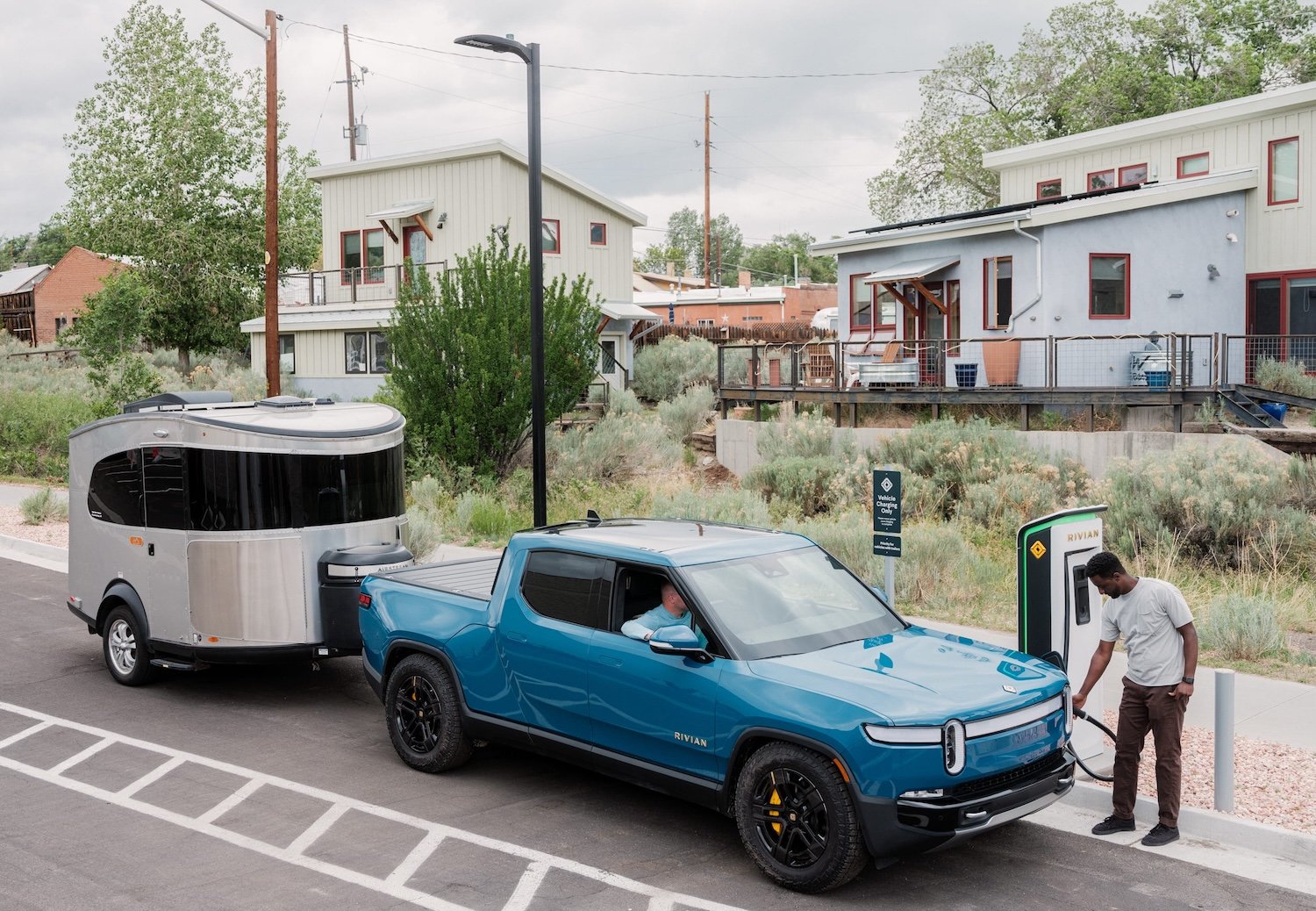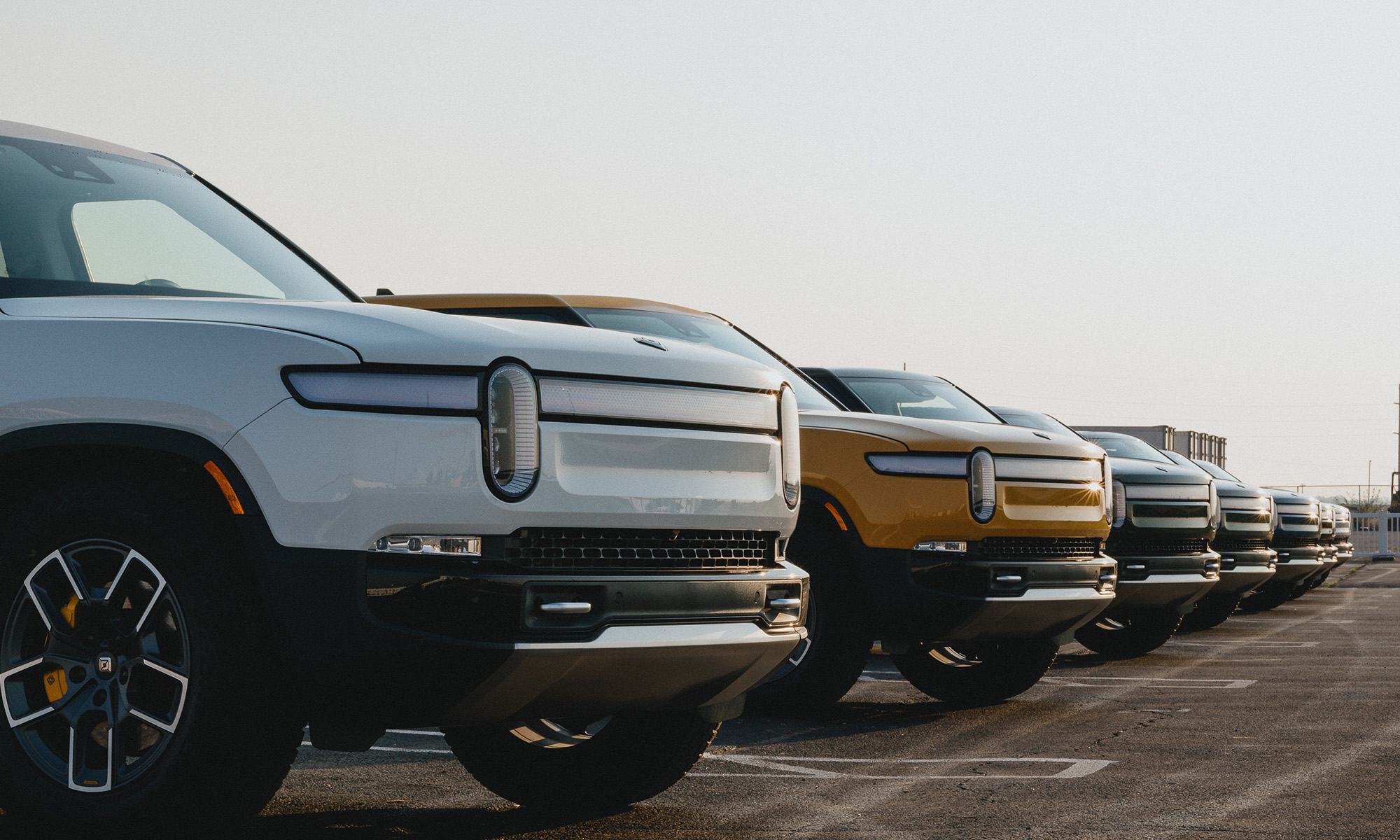The electric vehicle industry is facing headwinds from multiple angles -- including tariffs and an unpredictable political environment -- that are likely to impact all EV companies for the next several years. As a relatively young EV start-up, Rivian (RIVN 3.12%) certainly isn't immune to the turmoil.
The company has carved out a niche in the EV space, but the uncertain electric vehicle environment has made its path to success likely much longer than originally thought. Here's some of the good and the bad that the electric automaker could face over the next five years.

Image source: Rivian.
1. Tariffs and a lack of EV credits are weighing down the company
This is hardly news to anyone following the auto industry, but it's worth repeating: Tariffs will likely remain a significant obstacle for Rivian over the next few years.
Rivian's costs are rising because tariffs have negatively impacted expenses, including those for sourcing rare earth materials for batteries, much of which comes from China. Those rising costs come at the same time that the Trump administration has rolled back EV tax credits.
Rivan's vehicles were too expensive to qualify for the credits, but there was a leasing loophole. With that gone, some potential customers have been sidelined.
The result is that Rivian reported an adjusted loss of $0.80 per share in Q2, compared to analysts' consensus estimate of a loss of $0.65. Management also expects a loss this year of between $2 billion and $2.25 billion, up from its previous estimate of between $1.7 billion and $1.9 billion.
2. High interest rates are slowing EV sales
In addition to tariffs and fading EV incentives, high interest rates are causing many potential car buyers to look for cheaper vehicles. The starting price of Rivian's least expensive pickup truck is about $70,000 -- which is out of reach for many Americans -- and elevated interest rates add to the expense.
Consumer interest rates are tricky, because even if the Federal Reserve decides in the near future to cut rates, it doesn't necessarily mean auto loan rates will fall in lockstep. Other conditions in the economy and loan markets impact automotive loan rates as well, which can offset the potential cuts.
The U.S. economy is uncertain right now, with job losses being higher than previously thought over the past couple of months and the long-term impact of tariffs on consumer goods still unknown. All of which means that Rivian could have to navigate a difficult rate environment for a prolonged period.

NASDAQ: RIVN
Key Data Points
3. New models could spur growth
Rivian has several new models in its pipeline that should go on sale over the next several years, including a smaller SUV called the R2 slated for 2026, a crossover vehicle named the R3, and a sporty variant of the vehicle called the R3X.
In addition to offering new vehicle sizes to potential customers, the big benefit is that the R2 has a starting price of $45,000. High prices are a big barrier to many customers buying EVs, and offering a sub-$50,000 vehicle could entice more buyers to Rivian.
The company has already shifted some of its production to the new lineup as it prepares to launch cheaper models. While it'll take some time for sales to potentially ramp up, these new models could play an important part in helping Rivian grow over the next five years.
Take a wait-and-see approach
There's a lot of uncertainty surrounding EVs right now, and Rivian is feeling the pinch of tariffs, high interest rates, and cost-conscious consumers. But the company's plan to launch some lower-priced vehicles could pay off years down the road.
Rivian investors will need to be patient, though. It's likely going to take a while before we see how well the company's lower-priced models sell and if they're enough to give Rivian a boost during a difficult time for the EV industry.





